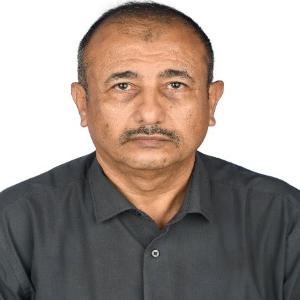Title : Risk factors of supplementary suckling technique in infants less than 6 months of age with severe acute malnutrition in Yemen and Sudan
Abstract:
Objectives:
Supplementary suckling technique (SST) can support and sustain nutritional rehabilitation for catch-up growth. The main aim of this study was to identify the associated risk factors of supplementary suckling technique in infants less than 6 months of age with SAM in Yemen and Sudan.
Methods:
This was a prospective hospital-based study among infants less than 6 months of age with SAM who were exposed to supplementary suckling technique, following breastfeeding failure. The study was conducted between January 2018 through December 2020 in both domains.
Results:
A total of 145 infants with Severe Acute Malnutrition less than 6 months of age were included in this study. The risk factors that were studied included age, mother's education, income of the families per month, home displacement, war affection and feeding practices. In the current study the mean age of SAM infants was3.8 months (SD+1.2), the minimum age of 1 month and the maximum of 5.5 month with a range 4.5 months. The mother's education of primary level represented 60 (40.7 %) while illiterate level constituted 59 (41.4 %) of them. The income per month of the families was less than 100 US Dollars representing 141 (79.3 %). Only 44 (30.3) of SAM infants were displaced and 46 (31.7 %) were affected by war. A higher proportion of infants 108 (74.5%) were not breastfed at all and 36(24.8%) were on partial breastfeeding and only one (0.7%) SAM infant was exclusively breastfed.
Conclusion:
The major risk factors in this study were age between 2-4 months, partial breast-feeding, mother education, income per month of the family, home displacement, war affection and social class.
Audience Take Away:
-
The audience will be able to use SST in their daily practice in reestablish breastfeeding for mothers to infants.
-
This will help the audience in their job for protect the infants to gain acute malnutrition
-
This research will lead that other faculty could use to expand their research or teaching.
-
This provides a practical solution to acute malnutrition in infants that could simplify or make a designer’s job more efficient.




